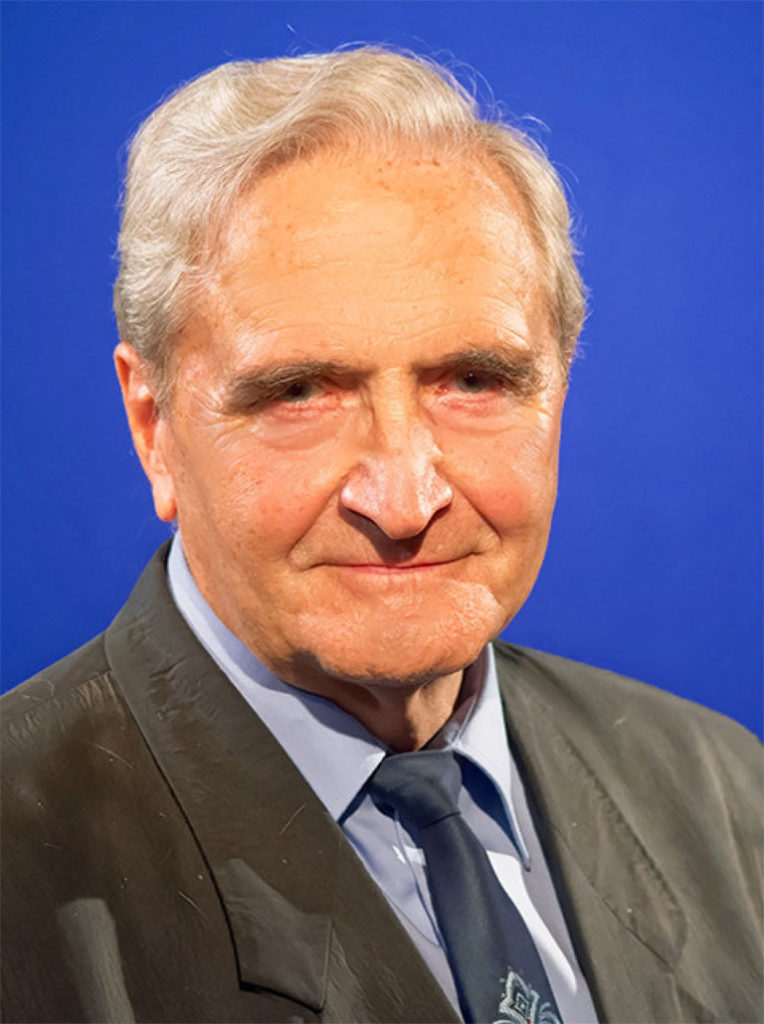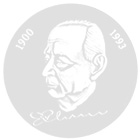For pioneering contributions to autonomic driving

Prof. Dr.-Ing. Ernst D. Dickmanns
For centuries humans used animals for traveling over long distances. These ensured collision-free journeys. The invention of the automobile in the late 19th century allowed for higher speed, but also required that human drivers took active control to keep their vehicle on the road and to avoid collision with others. The conception that automobiles would someday find their way autonomously was “science fiction” at best for roughly one century.
Different options were considered in the seventies, including the possibility of placing induction loops into the pavement. Human drivers were very successful in using their visual sense since ever. This insight was at the basis of Professor Dickmanns development of “Rechnersehen,” i.e. todays computer vision, and its use in autonomous driving. He had studied aerospace engineering at RWTH-Aachen und then had different appointments at the DFVLR, today’s German Aerospace Center (DLR). In this time he visited a number of highly regarded institutions in the USA, such as the University of Princeton and the NASA in Huntsville. As of 1974 he was the director of the DFVLR in Oberpfaffenhofen and got insights into the digital processing of images taken by earth observing satellites. The processing of such images took hours on the mainframes of that time. In 1975 Dr. Dickmanns was appointed professor for Control Theory at the University of the Armed Forces in Munich.
The first digital cameras were built in 1972, i.e. roughly at the same time in the USA at MIT and CalTech. GPS was to become operational only much later, more precisely in 1995. Signal processors were also conceived at that time. Dickmanns understood that at the rate of improvement in processing power it would take roughly two and a half decades to a achieve a million-fold reduction in processing time. This meant that a computation that took an hour at his time would be reduced to 3.6 ms. With this perspective he spent the endowment of his chair on the construction of a “hardware in the loop” simulator for real-time “Rechnersehen.” This was to become a key tool. A fast camera pointing supported by turn-rate measurements allowed to increase the resolution in the area of interest. His system achieved real-time performance in simplified scenarios. The first success was achieved in stabilizing an inverse pendulum using “Rechnersehen.”
With this success in mind he approached the more complex task of autonomous driving. The „Vehicle for autonomous Mobility and Rechnersehen“ (VaMoRs), a Mercedes van, became the test platform. German highways provided a simple and structured environment. A 20 km long segment that had not yet been opened to general traffic was correspondingly to serve as test range. VaMoRs ran on that range without user intervention at its maximum speed of 96 km/h. This was an extraordinary success. Prof. Dickmanns was invited to meet the CTO of Daimler-Benz. This led to a cooperation that lasted for years. Many algorithms and subsystems that have become state of the art were subsequently developed.
The European project PROMETHEUS was the frame work for the next milestone. Its final demonstration included two Mercedes 500-SEL driving at 130 km/h in normal traffic on the French highway A1. They kept the distance autonomously, suggested lane change maneuvers and on confirmation executed them. The central pieces for this demonstration had been developed by Prof. Dickmanns and his team.
The year 1995 produced another success – an autonomous drive from Munich to Copenhagen. 95% of the distance was covered without intervention of the safety pilot. As of 1997, the results also led to a cooperation of the US American and German departments of defense. This led to a new generation of Dickmanns’ “Rechnersehen.” The results were so convincing that the American congress decided that a portion of land vehicles should be driven autonomously by 2015. It also triggered the announcement of the “Grand Challenges” in 2004/2005 and of the “Urban Challenge” in 2007. These competitions accelerated the further development of the technology.
Key concepts and developments that led to today’s state of the art in autonomous driving were initially proposed by Professor Dickmanns. The significance of his work can hardly be overrated. Autonomous driving will ultimately reduce the number of accidents and ensure the mobility of elderly people which is certainly a particular asset in our aging society. It has also the potential to free the city centers from parked cars and to return those surfaces to people. On October 14th, 2017, the technology price of the Eduard-Rhein foundation will be handed over to Prof. Dickmanns for his outstanding contributions to autonomous driving in the hall of fame of the Deutsche Museum in Munich.
Prof. Dr. Christoph Günther
